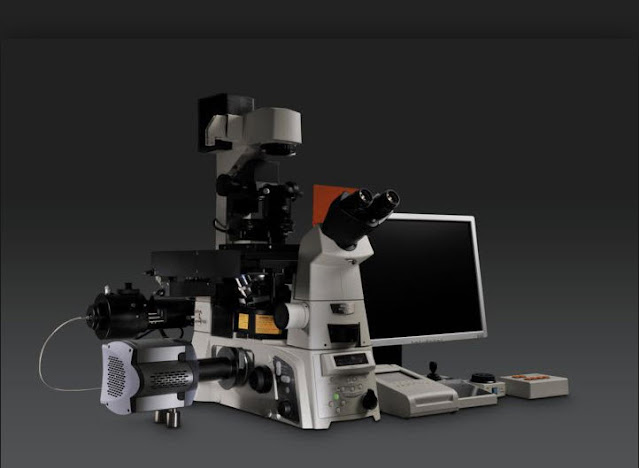Revolutionizing Scientific Discovery: The Latest Advances in Optical Microscopes
Optical microscopes have been a fundamental tool for scientific discovery for centuries, enabling researchers to observe and study the microscopic world. In recent years, significant advances in technology have revolutionized the capabilities of microscopes, opening up new avenues for scientific exploration and discovery. One of the most significant breakthroughs in optical microscopy has been the development of super-resolution techniques. Traditional microscopes are limited by the diffraction limit, which prevents the observation of structures smaller than half the wavelength of the light being used. However, super-resolution techniques such as stimulated emission depletion (STED) microscopy and structured illumination microscopy (SIM) can overcome this limit, providing resolution down to the nan scale.
STED microscopy works by using a highly focused laser to excite fluorescent molecules in a sample. By using a second, lower intensity laser to de-excite the molecules around the central laser spot, the fluorescent signal is confined to a much smaller area, allowing for super-resolution imaging. SIM, on the other hand, uses patterned illumination to create high-resolution images with a lower-powered microscope, making it more accessible for researchers. Another recent advance in optical microscopy is the use of light sheet microscopy. Light sheet microscopy illuminates a sample from the side with a thin sheet of light, reducing photodamage and photobleaching compared to traditional wide-field microscopy. This technique has been particularly useful in imaging large, complex samples such as embryos and tissues. Furthermore, advances in computer technology have allowed for the development of digital microscopy. Digital microscopy involves the capture of high-resolution digital images, which can be stored and analyzed using computer algorithms. This allows for automated image analysis, which can accelerate research and improve accuracy.
The global Optical Microscopes Market size is estimated to be valued at US$ 2,604.0 Million in 2023 and is expected to exhibit a CAGR of 5.64% between 2023 and 2030.
Optical microscopes have also been combined with other techniques to create hybrid imaging systems. For example, the combination of optical microscopy and atomic force microscopy (AFM) enables the simultaneous observation of both the surface and subsurface of a sample. This technique has been particularly useful in studying biological samples, where the subsurface structure is of particular interest. In addition to these technical advances, there has been a growing trend towards making optical microscopy more accessible to a wider range of researchers. For example, open-source hardware and software platforms have been developed, allowing for the creation of affordable and customizable microscope systems. These systems have the potential to democratize scientific discovery and bring the benefits of optical microscopy to a wider range of users.
The latest advances in Optical Microscopes are driving scientific discovery in a range of fields. In neuroscience, for example, these advances are enabling researchers to study the complex structure and activity of the brain at unprecedented levels of detail. Super-resolution techniques have allowed for the visualization of previously hidden structures in the brain, such as the synaptic cleft, and light sheet microscopy has enabled the imaging of entire brains at the cellular level. In the field of materials science, optical microscopy has been used to study the structure and behavior of materials at the nanoscale. This has led to the development of new materials with unique properties, such as superhydrophobic surfaces, and the optimization of existing materials for improved performance.




Comments
Post a Comment